Before we delve into the specifics of using Starlink Roam, it's crucial to weigh the pros and cons of this system compared to other connectivity options for 4X4 and caravan travels in Australia. Starlink Roam offers several advantages, including global coverage, high-speed internet, and ease of setup. This makes it an excellent choice for Aussie adventurers who frequently travel to remote areas where traditional internet services are unavailable. Additionally, the system is portable and easy to set up, making it convenient for travellers on the move.
However, there are also some potential drawbacks to consider. The cost of the Starlink Roam system and its monthly subscription can be higher than other internet options, making it a significant investment. Additionally, like all satellite internet services, the performance of Starlink Roam can be affected by weather conditions and physical obstructions, such as trees or buildings. It's also worth noting that while Starlink Roam offers global coverage, the quality of the connection may vary depending on your location.
Introduction to Starlink Roam
The Starlink Roam portable satellite system is designed to provide reliable internet connectivity while travelling in your 4X4 or caravan in Australia. This system is part of SpaceX's Starlink project, which aims to provide high-speed internet access worldwide using a constellation of satellites. The Roam system includes a portable satellite dish and a modem, which connect to these satellites to provide internet access.
The Starlink Roam system is designed with portability and ease of use in mind, making it an excellent choice for Aussie adventurers. The system is compact and easy to set up, with the satellite dish automatically aligning itself for optimal signal strength. This means you can get connected quickly, even in remote locations.
Unboxing and Setup
Unboxing the Starlink Roam system reveals several components, including the satellite dish, tripod, modem, and cables. The first step in setting up the system is to assemble the tripod and attach the satellite dish securely. This is a straightforward process, with the components designed to fit together easily.
Once the satellite dish is set up, the next step is to connect the modem. This involves connecting the modem to the satellite dish and to a power source using the provided cables. It's important to ensure that the satellite dish has a clear line of sight to the sky for optimal performance. Once everything is connected, you can power on the system and wait for it to establish a connection with the Starlink satellites.
Troubleshooting and Maintenance
Like any technology, the Starlink Roam system can occasionally encounter issues. Common problems include a weak signal or intermittent connectivity. In many cases, these issues can be resolved by checking for obstructions or potential sources of interference that may be affecting the satellite signal. If necessary, you can also try rebooting the system.
Regular maintenance is also important to ensure the long-term performance of your Starlink Roam system. This includes keeping the system clean and protected from the elements, as well as regularly checking for software updates. Starlink frequently releases updates to improve the system's performance and add new features, so it's a good idea to keep your system up to date.
Data Usage and Billing
The Starlink Roam system operates on a monthly subscription basis, so it's important to keep track of your data usage. You can monitor your usage through the Starlink app or web portal, which provide detailed information about your data consumption. This can help you manage your subscription and avoid any unexpected charges.
In addition to monitoring your data usage, it's also important to understand your billing cycle. Starlink charges for the Roam service on a monthly basis, with the billing cycle typically starting on the day you activate your service. Make sure to keep track of your billing dates to avoid any surprises.
Best Practices and Tips
To get the most out of your Starlink Roam system, there are a few best practices to keep in mind. First, always ensure that your satellite dish has a clear line of sight to the sky. This will help you get the best possible signal strength. Also, try to avoid setting up your system near large metal objects or electronic devices, as these can cause interference.
Another tip is to regularly check for software updates. Starlink frequently releases updates to improve the system's performance and add new features. By keeping your system up to date, you can ensure that you're getting the best possible performance from your Starlink Roam system.
In conclusion, the Starlink Roam portable satellite system offers a reliable and convenient solution for internet connectivity while travelling in your 4X4 or caravan in Australia. By understanding how to set up and use the system effectively, you can stay connected wherever your Aussie adventures take you.


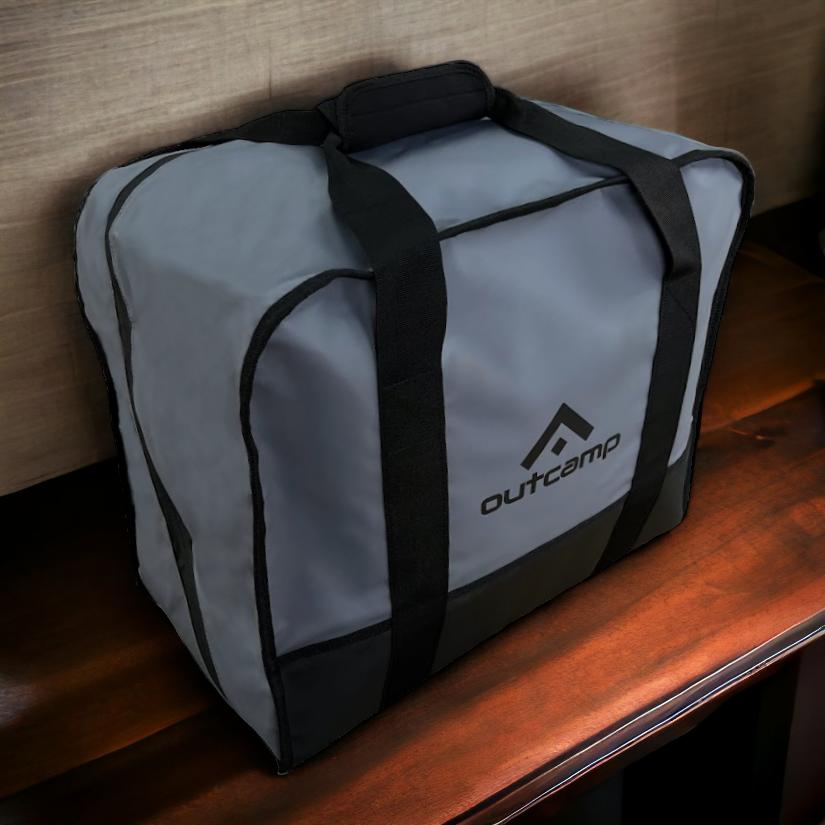

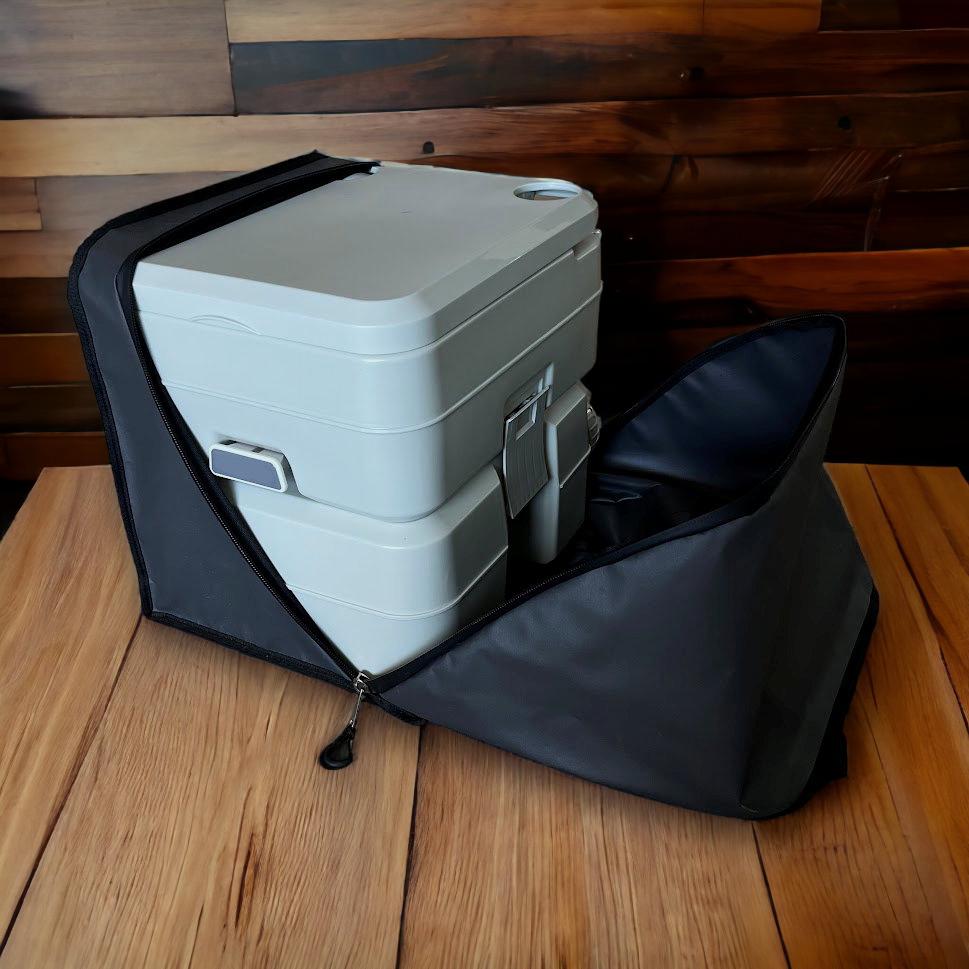
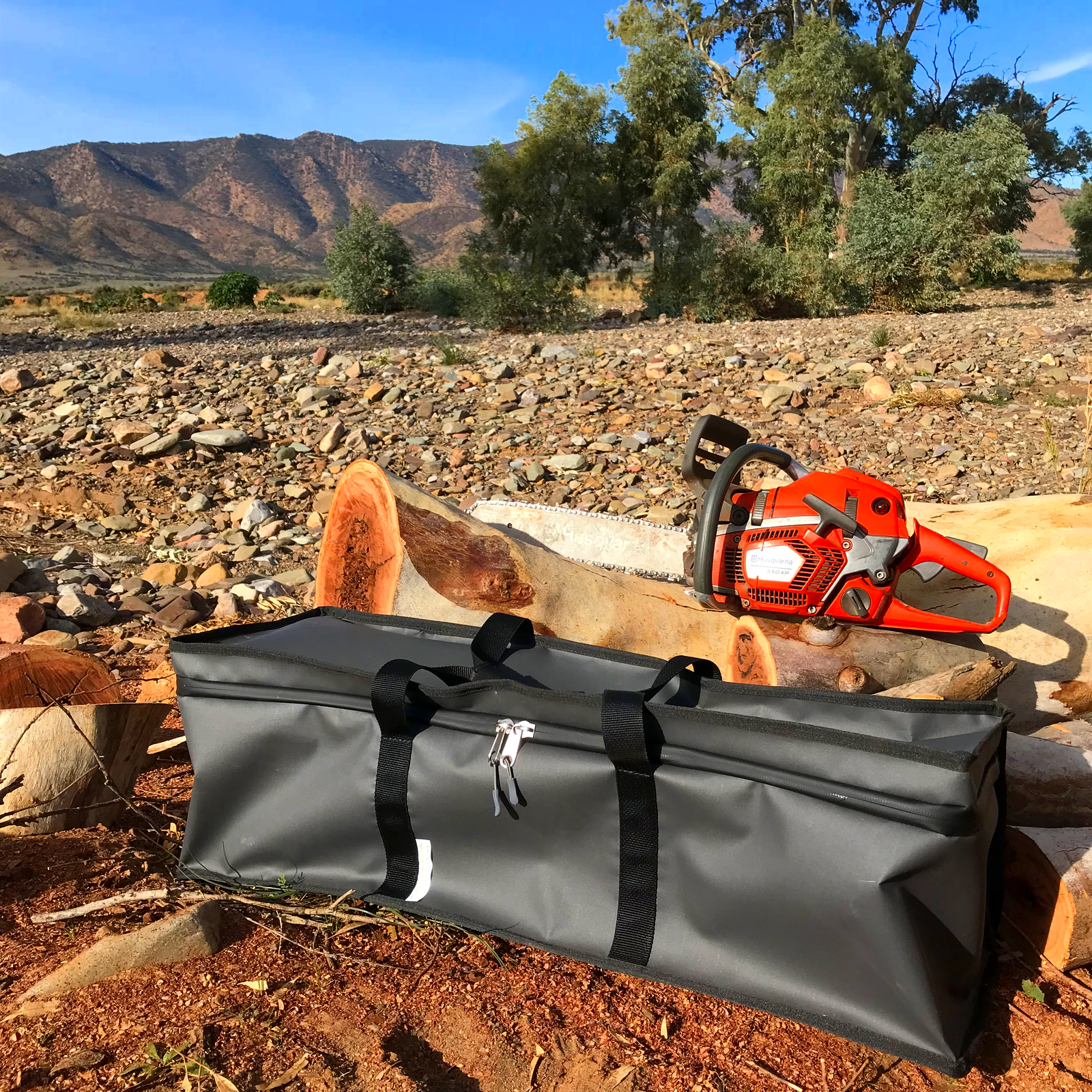
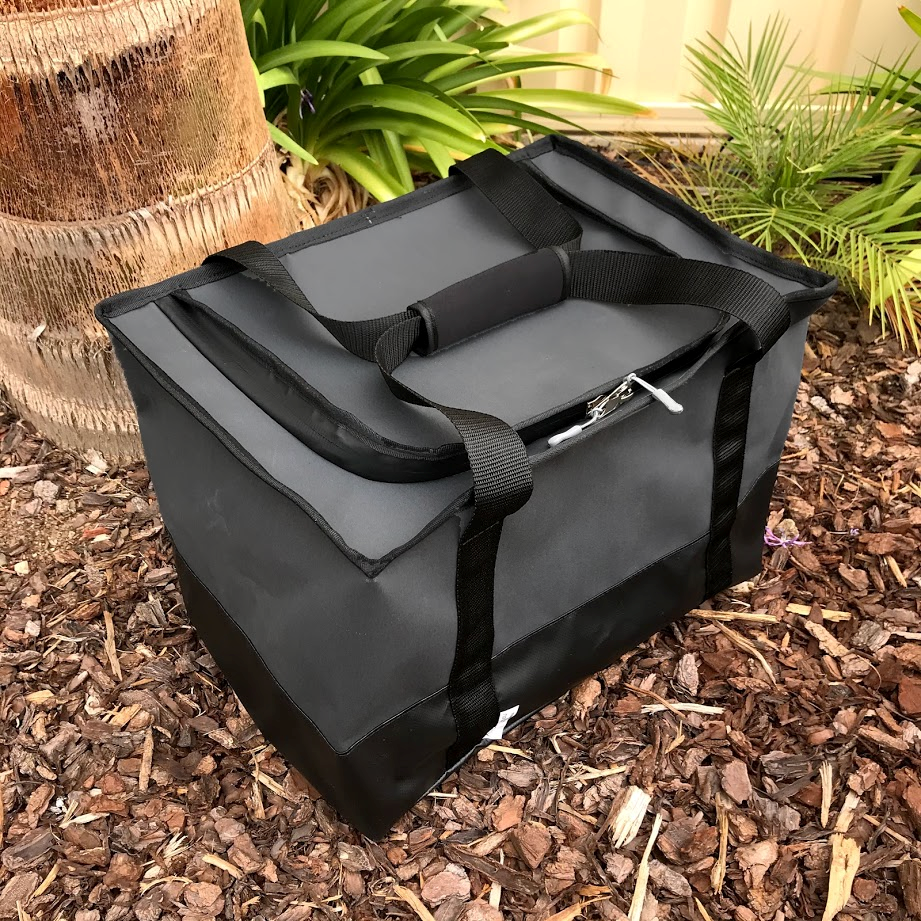







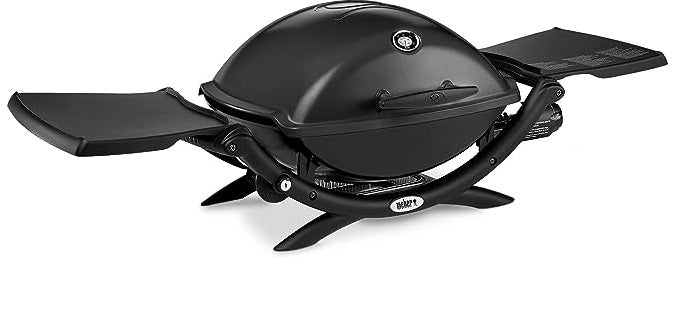
Leave a comment (all fields required)